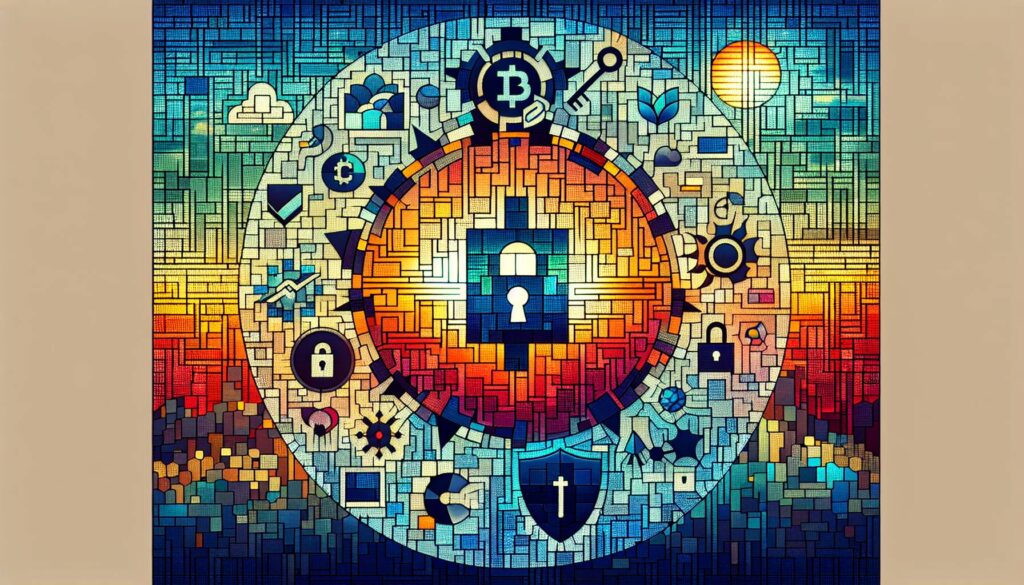This week marked a significant surge in the stablecoin landscape as new developments emerge, illustrating the growing interest in dedicated blockchain solutions for digital currency settlements. Circle, the issuer of USDC, unveiled its new settlement network, Arc, adding to the momentum. This announcement followed a slip from payments giant Stripe, which revealed its collaboration with Paradigm on a project known as Tempo.
Startups are also making waves, with Plasma and Stable recently securing funds to build specialized chains for USDT, the largest stablecoin valued at $160 billion. The rapid advancements in this sector signal a shift, as tokenization companies like Securitize and Ondo Finance are joining the race to create infrastructure for real-world asset trading on the blockchain.
“Stablecoins and tokenized real-world assets are rapidly growing segments of the crypto economy, with analysts anticipating they could reach trillion-dollar valuations,”
noted observers in the field. As stablecoins promise to revolutionize cross-border payments, the concept of tokenization is pushing traditional assets like stocks and bonds into a new realm of 24/7 trading and expedited settlement processes.
In this evolving market, many issuers are opting to build their own layer-1 (L1) solutions. According to Martin Burgherr from Sygnum, this move is driven by a desire for greater control over settlement dynamics rather than just technological advancements. The shift to custom chains allows issuers to manage transaction costs more effectively while navigating the complexities of regulatory alignment.
“Building their own L1 is about control and strategic positioning,”
Burgherr explained, emphasizing how owning the base layer can integrate compliance measures seamlessly. With increasing competition from new blockchain solutions, traditional platforms like Ethereum and Tron may feel pressure as innovators compete for market share.
As these developments unfold, the future remains uncertain for existing layer-1 networks. Analysts from Coinbase believe that rapid advancements like Circle’s Arc and Stripe’s Tempo, aimed at high-speed, low-fee transactions, place them in direct competition with networks such as Solana. However, the incumbents, particularly Ethereum, continue to be viewed as resilient choices for institutional users.
“New entrants will need years to build trust and stability in order to attract users from established networks,”
said Burgherr. As the cryptocurrency landscape continues to evolve, the interplay between new projects and traditional platforms will be crucial in shaping the future direction of digital finance.

Emerging Trends in Stablecoin and Blockchain Development
Key points from the recent developments in the blockchain ecosystem related to stablecoins:
- Rise of New Blockchain Networks:
- Circle announced its settlement network Arc.
- Stripe revealed its collaboration with Paradigm for Tempo.
- Startups like Plasma and Stable are developing chains for USDT.
- Tokenization of Real-World Assets:
- Securitize, Ondo Finance, and Dinari are launching dedicated chains for tokenized stocks.
- Increasing adoption of tokenization could disrupt traditional financial instruments, enhancing trading efficiency.
- Stablecoins in Cross-Border Payments:
- Projected to surpass $1 trillion in annual payments by 2030.
- Enhanced speed and lower costs make stablecoins a competitive option in payment systems.
- Strategic Control and Compliance:
- Building Level-1 (L1) solutions allows firms greater control over transaction costs and speed.
- Custom chains facilitate compliance with regulations and KYC requirements.
- Impact on Existing Blockchains:
- New networks like Arc and Tempo could challenge high-throughput platforms like Solana.
- Ethereum is expected to maintain its dominance among institutions due to proven security and reliability.
“The revenue opportunity from owning the settlement layer will dwarf traditional payment processing margins.” – Guillaume Poncin
Analyzing the Rise of Custom Blockchains in the Stablecoin Market
The recent announcements from Circle regarding Arc and Stripe’s accidentally revealed Tempo indicate a vibrant surge in the stablecoin sector, especially with firms exploring their own blockchain layers. This trend opens up a competitive landscape that directly affects established players like Ethereum and Solana. The primary advantage for companies developing their own Layer 1 (L1) solutions is the enhanced control over transaction speeds and costs, as well as a seamless integration of compliance measures. This strategic positioning allows issuers to circumvent the limitations of existing public blockchains, ultimately fostering an ecosystem that is more adaptable to the evolving regulatory environment.
However, the challenge lies in building credibility within a market that currently relies heavily on established chains. Technology alone won’t suffice; these newcomers must also invest significantly in establishing trust to attract high-value transactions. Existing blockchain networks, particularly those like Ethereum known for their security and proven track record, remain formidable due to their established user bases and institutional integrations. Thus, while the new entrants may offer innovative features, their path to capturing market share appears steep and fraught with potential obstacles.
Newly emerging projects like Circle’s Arc and Stripe’s Tempo could particularly benefit small to medium-sized enterprises that seek lower transaction fees and higher processing speeds than traditional systems offer. Yet, these innovations may create turbulence for legacy systems that risk losing clientele as agile blockchain solutions become more mainstream. Moreover, the institutional giants drawn to Ethereum for its stability and security may hesitate to abandon proven networks, rendering a swift shift in market dynamics unlikely.
Overall, while the growth of custom blockchain solutions in the stablecoin market presents promising advantages, it also poses unique challenges that could lead to intense competition with far-reaching implications for both new entrants and established networks alike.
















